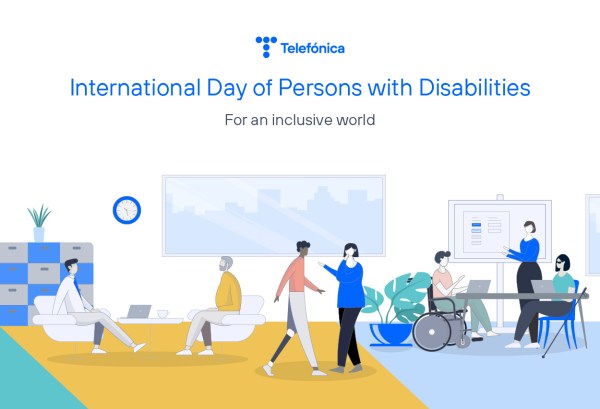- Although approved in 2005, World Day for Audiovisual Heritage has been celebrated every 27 October since 2007.
- This day seeks to raise awareness of the importance of preserving audiovisual heritage as the ‘cultural identity of nations, communities, groups and individuals’.
Origin of World Day for Audiovisual Heritage
The 33rd session of the UNESCO General Conference, held on 20 October 2005, proclaimed 27 October as World Day for Audiovisual Heritage.
This date was chosen because it coincided with the 25th anniversary of the Recommendation on the Safeguarding and Conservation of Moving Images.
The first commemoration took place in 2007 under the premise that ‘the different elements of audiovisual heritage, as well as all of them together, constitute an important and often unique testimony to economic, political and social development, the evolution of education, scientific knowledge, the diversity of cultures of different nations and communities, and the evolution of nature and the universe and other phenomena.’
Another reason for UNESCO to set this date was that ‘this heritage is, due to the original medium on which it is usually recorded and the methods used for its recording, extremely vulnerable and, therefore, its preservation for future generations is threatened.’
To summarise the relevance of commemorating this day, we can consider the following reflection by UNESCO in establishing this day: ‘Many elements of this audiovisual heritage are an expression of the cultural identity of nations, communities, groups and individuals.’
UNESCO recommendations from 2015
A decade after the declaration of Audiovisual Heritage Day, specifically in 2015, UNESCO itself approved at its 38th session a ‘Recommendation on the preservation of documentary heritage, including digital heritage, and access to it’.
In this text approved by the UN cultural and educational organisation, it updated its guidelines due to the “rapid evolution of technology and the challenge of establishing models and processes for preserving digital heritage objects, in particular some complex ones, such as multimedia works, interactive hypermedia, Internet dialogues and dynamic data objects from complex systems, mobile device content and formats that may emerge in the future”.
This recommendation recalls that a document is understood to be ‘an object with analogue or digital information content and the medium on which it is recorded’, specifying that ‘it can be preserved and is normally an immovable asset’.
With regard to the importance of documentary heritage, this report explains that ‘the significance of this heritage may only become apparent with the passage of time’.
With regard to the scope of heritage, it is stated that ‘it is of global importance and is the responsibility of all, and should be fully preserved and protected for all’, although ‘for each State, its documentary heritage reflects its memory and identity and thus contributes to determining its place in the world community’.
UNESCO also explains that ‘institutions responsible for memory may include archives, libraries, museums and other educational, cultural and research organisations’.
What is audiovisual heritage?
We are talking about audiovisual heritage, but what exactly does this concept consist of?
It could be defined as the collection of films, television or radio programmes, or simple video or even audio recordings that form part of both the memory and the cultural heritage of a society.
This audiovisual heritage, by its very nature, spans from the late 19th century to the present day and stands as a valuable resource.
The vulnerability of older documents and/or those in a more fragile state means that digitisation has become an ally in preserving this reflection of cultural, social and linguistic diversity, ensuring not only accessibility but also conservation.








